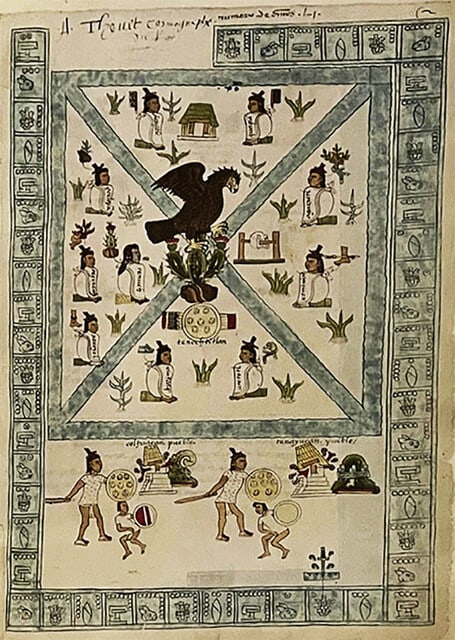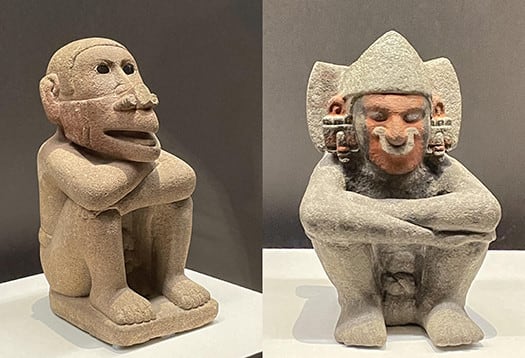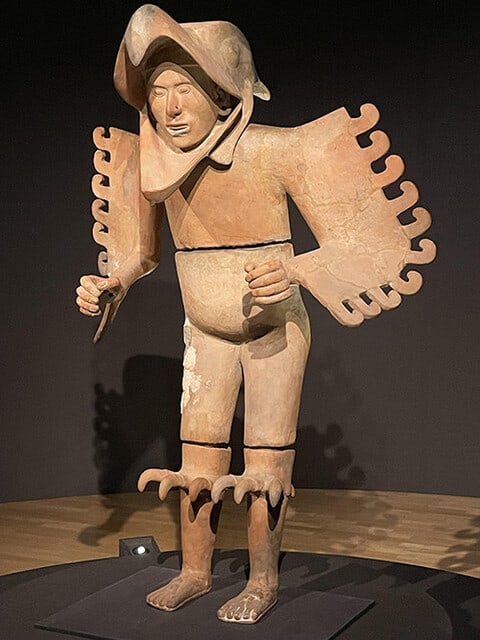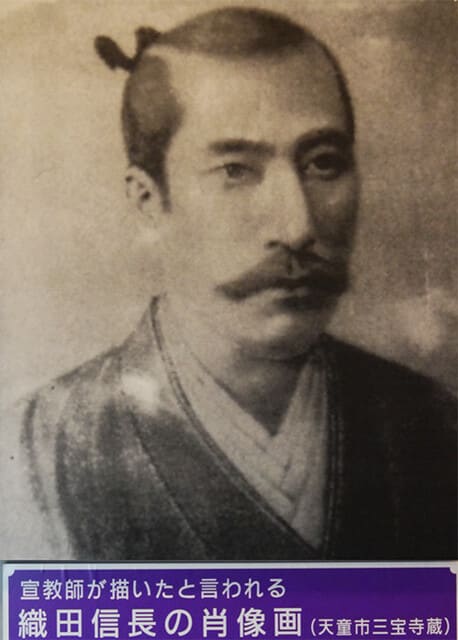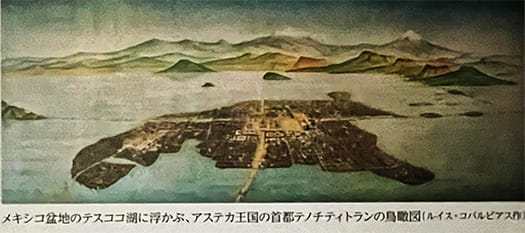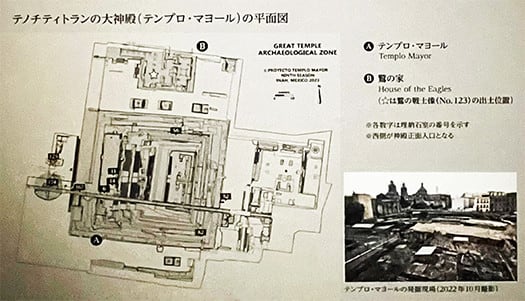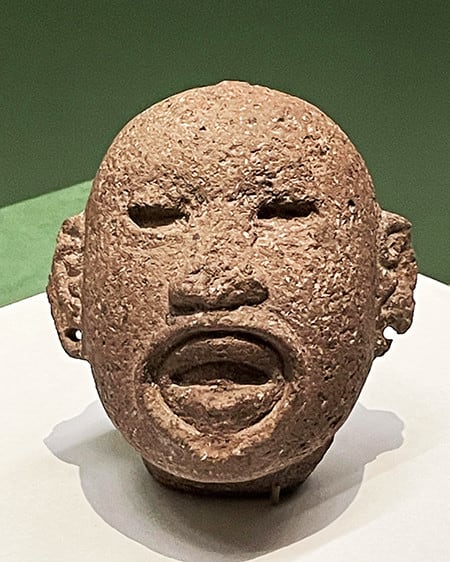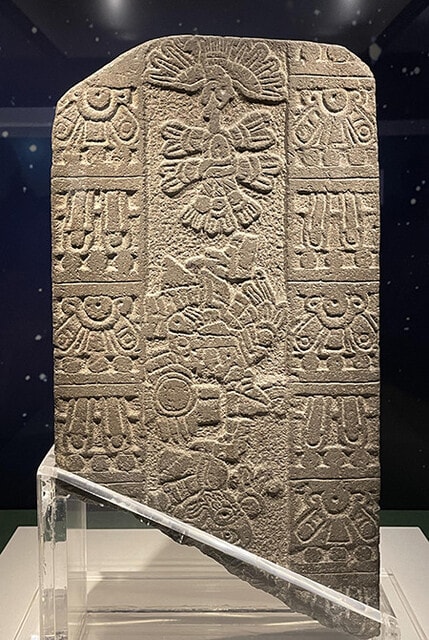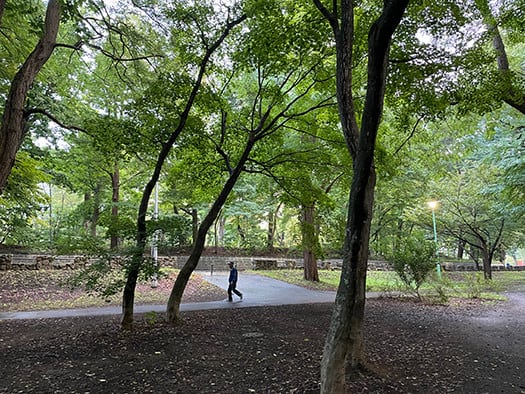
猛暑に明け暮れていたことしの夏。9月もいよいよ最終盤でありますが、札幌では朝晩には結構な冷気を感じるようになってきました。毎朝の散歩に出掛けるにも、ジャンパーを重ね着して出掛けています。
最近、道東の方で家畜襲撃の被害をもたらせていた高名なヒグマ個体、OSO18が駆除されたという情報が流れておりましたが、その後、仕留めた公務員職員でもある方に対して、その自宅にまでいやがらせの電話が多数かかってくるという、ありえない異常反応があったという。
それに対して北海道のX、twitterアカウントで「冷静に考えてください」というような意見を発出したところ、異例なまでにバズって、2000万くらいにまで反響数が伸びているとのこと。〜「OSO18」を駆除したハンターに「クマがかわいそう」の抗議相次ぐ ⇒ 北海道庁が声明「捕獲は地域の安全に欠かせないもの」〜
毎朝の散歩道の写真です。この場所、北海道神宮の神域鳥居にも近接していますが、ここにことしの春先にヒグマ出没情報があった。
当然ながら一般人としては、より注意深い対応を考えさせられました。散歩ルートをしばらくの間は変更してより安全な場所にしたり、一定期間の経過後に徐々に、あまり早朝ではない時間帯にずらすなどの対応を取ってきていました。
ヒグマたちの世代更新のスピードはわたしたちよりもはるかに早いので、いま現在のヒグマたちは人間社会への危険認識が非常に低下してきているのでしょう。人間の側からの「危険警告」があまりにもレベル低下すると野放図な越境行為が繰り返されるようになる。
自然にはさまざまな表情があり、過酷な面もある。そういうなかで共生していくのが人間社会というものだろうと思います。ヒグマとの共生も適正なレベルというものを考えて行かねばならない。人間社会として、危害を加える存在に対して防衛的反応をしっかり担保することは絶対に必要。その上で自然との「折り合い」をつけていくということなのだと思います。
そういう人間社会と自然との折り合いのために駆除ということはもっとも大事なルール発信でもある。類としてのヒグマに対して人間側の明確な意志を示すことなのです。かれらは賢い。人間社会からの警告はかれらにしっかりと伝わっていくのだと思います。

わたしたち人間は自然のいとなみのなかで生かされている。その中で人間社会の安全を担保するために、必要なルール作りは行っていかなければならないと思います。
English version⬇
[Hokkaido's abundant nature and human society, the rules of coexistence
A response of slander from some people to a hunter who exterminated a dangerous brown bear OSO18. As a citizen of Hokkaido, I would like to ask you to "think calmly. ...
This summer has been a hot and humid one, and although September is now in its final stage, it has become quite chilly in the mornings and evenings in Sapporo. Every morning, I put on a jumper when I go out for a walk.
Recently, information was circulating that OSO18, a highly renowned brown bear individual that had been causing damage from livestock attacks in the eastern part of Hokkaido, had been exterminated, but afterwards, the person who killed it, who is also a government employee, received numerous harassing phone calls even to his home, which was an impossible anomalous reaction.
In response to this, Hokkaido's X, issued an opinion on its twitter account, saying, "Please think calmly," and the buzz was unusually strong, with the number of responses growing to about 20 million.
This is a picture of the path I take every morning. This location is also in close proximity to the sacred torii gate of the Hokkaido Jingu Shrine, and there was information of a brown bear appearing here early this spring.
Naturally, as a member of the public, this made us think about taking more careful measures. We have been taking measures such as changing our walking routes to safer areas for a while and gradually shifting them to less early morning hours after a certain period of time.
The brown bears are renewing themselves at a much faster rate than we are, so they are becoming much less aware of the dangers of human society. If the level of "danger warning" on the part of humans declines too much, unrestrained cross-border activities will be repeated.
Nature has many faces and harsh aspects. I believe that human society should live in harmony with nature in such circumstances. We must consider the appropriate level of coexistence with brown bears. As a human society, it is absolutely necessary to ensure a defensive response to those who would harm us. On top of that, I believe that we must come to an "accommodation" with nature.
Extermination is the most important way of communicating rules to help human society and nature come to terms with each other. It is a clear statement of human will toward the brown bear as a species. They are smart. I believe that warnings from human society will be conveyed to them.
We human beings live in the midst of nature. In order to ensure the safety of human society, I believe that we must make the necessary rules.












